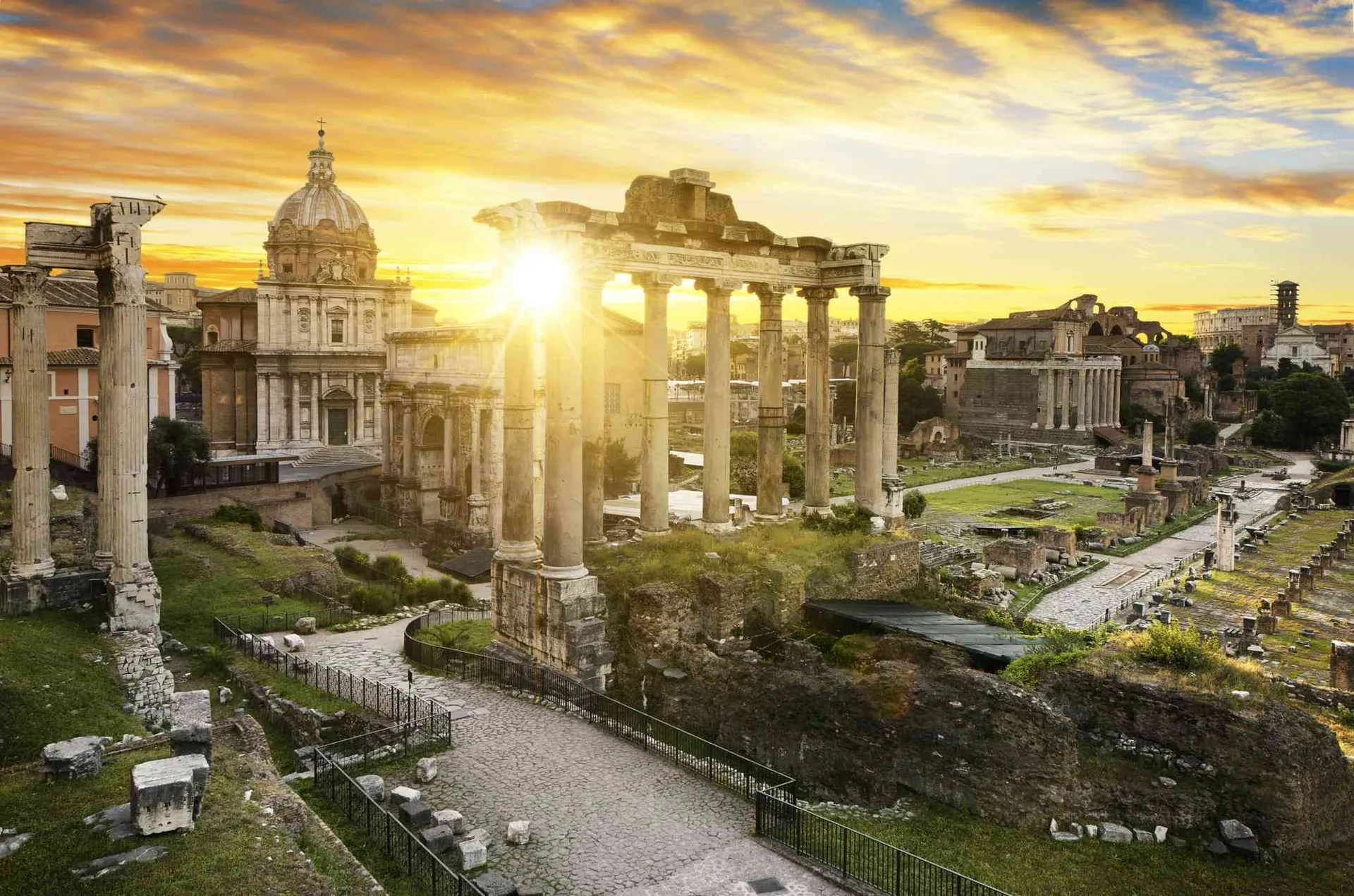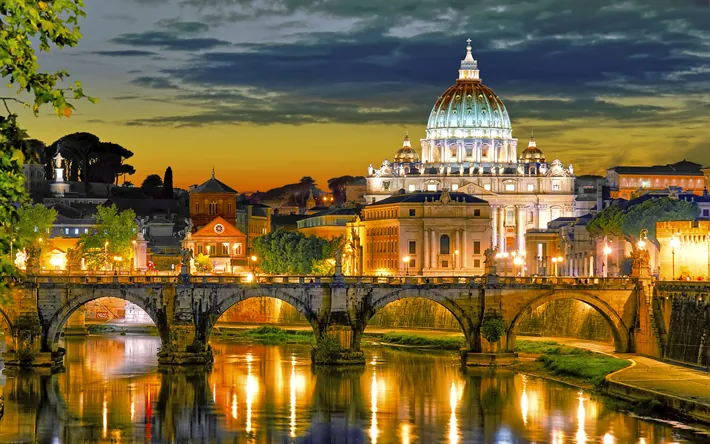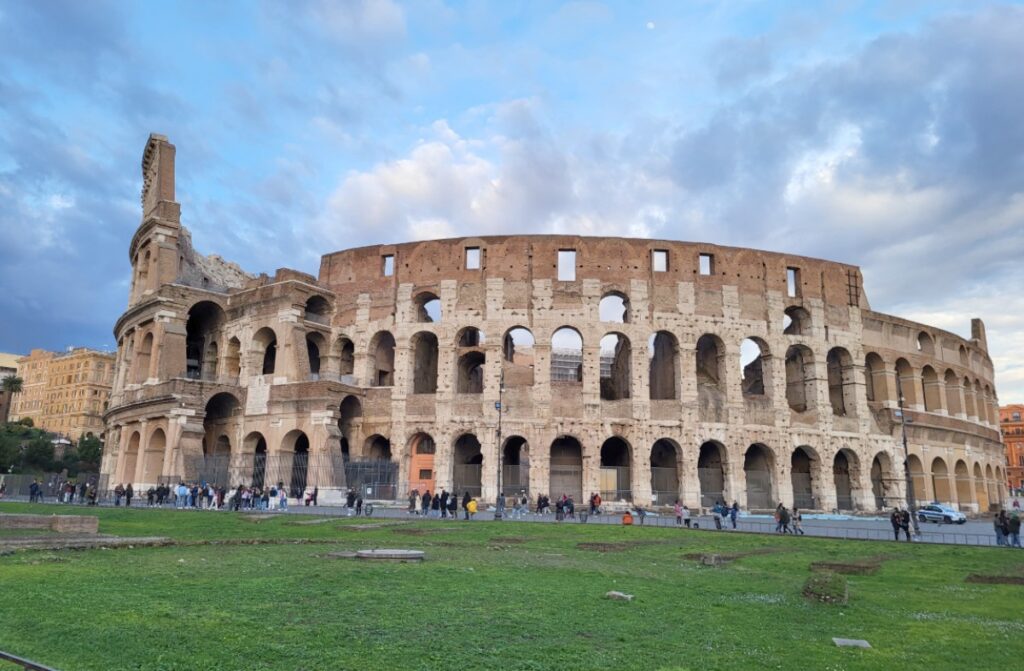Planning a trip to Rome but only have three days to explore the Eternal City? Don’t worry—you can still experience its vibrant history, stunning architecture, and mouthwatering cuisine in just a few days. With a well-organized itinerary, you’ll uncover Rome’s must-see attractions and hidden gems without feeling overwhelmed.
Imagine wandering through ancient ruins, marveling at Renaissance art, and indulging in authentic Italian flavors—all in the span of a long weekend. From the awe-inspiring Colosseum to the charming streets of Trastevere, Rome offers a captivating blend of the old and the new. With a strategic plan, you’ll maximize your time, ensuring you leave with unforgettable memories and perhaps a desire to return.
Whether you’re a history buff, an art lover, or a culinary enthusiast, this three-day itinerary will guide you through Rome’s iconic landmarks and local favorites, making the most of your short but sweet Roman adventure.
Key Takeaways
- Plan a strategic three-day itinerary to maximize your Rome experience, focusing on essential historical sights, artistic landmarks, and authentic dining spots.
- On Day 1, explore Ancient Rome, including must-see attractions like the Colosseum, Roman Forum, Palatine Hill, and the Baths of Caracalla to delve into Rome’s historical grandeur.
- Dedicate Day 2 to the spiritual and artistic treasures of Vatican City, with highlights such as St. Peter’s Basilica, the Vatican Museums, and the Sistine Chapel.
- Use Day 3 to enjoy Rome’s vibrant city center, visiting scenic locations such as Piazza Navona, Trevi Fountain, the Spanish Steps, and the Villa Borghese Gardens.
- Early arrivals, purchasing tickets online, and taking advantage of Rome’s public transportation can greatly enhance your travel efficiency and experience.
- Opt for Rome’s shoulder seasons and savor the local culinary scene with visits to traditional restaurants and tasting local specialties.
Day 1: Exploring Ancient Rome

Begin on a journey through time as you investigate into the heart of ancient Rome. This day’s itinerary is designed to immerse you in the city’s rich history.
Visit the Colosseum
Begin your day at the Colosseum, Rome’s emblem of gladiatorial contests and ancient spectacles. Arriving when doors open at 8:30 AM helps you beat the crowds. Purchasing a fast-pass entry or taking a guided tour saves time, letting you focus on absorbing the ambiance and history. As you walk through the corridors, imagine the roar of the crowds and the clashing of swords.
Discover the Roman Forum
Your next stop: the Roman Forum, just a short stroll from the Colosseum. Once the epicenter of Roman public life, today it’s a sprawling site of ruins. With tickets often bundled with the Colosseum’s, explore highlights like the Arch of Titus and the Temple of Julius Caesar. Walking amidst these remnants of history, you can almost hear the whispers of senators and orators.
Tour the Palatine Hill
Continue to Palatine Hill, the reputed birthplace of Rome itself. Besides the archaeological intrigue, you’ll be rewarded with panoramic views of the city. Included in the combined entry ticket, it offers a serene contrast to the bustling Colosseum area. As you wander through ancient villas, reflect on the tales of kings and emperors who once walked on this very soil.
Wander Through the Baths of Caracalla
Finish your day by visiting the Baths of Caracalla, an exceptional feat of Roman engineering. Although not originally in the main itinerary, these ancient baths provide a glimpse into the leisure activities of Rome’s citizens. Marvel at the scale and intricacy of the ruins and imagine the daily life of ancient Romans unwinding and socializing in these grandiose structures.
This journey equips you with a deeper understanding of Rome’s storied past. Plan each site strategically to make the most of your day.
Day 2: Embracing Vatican City

